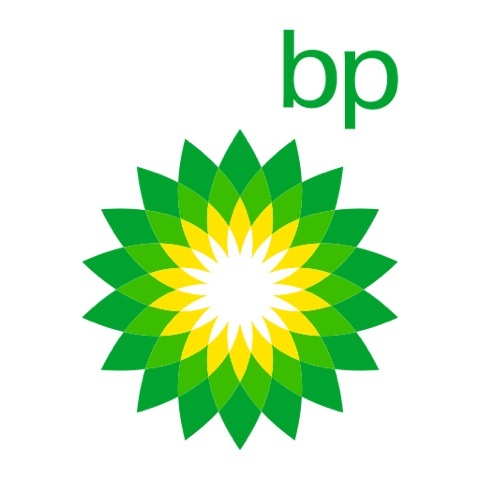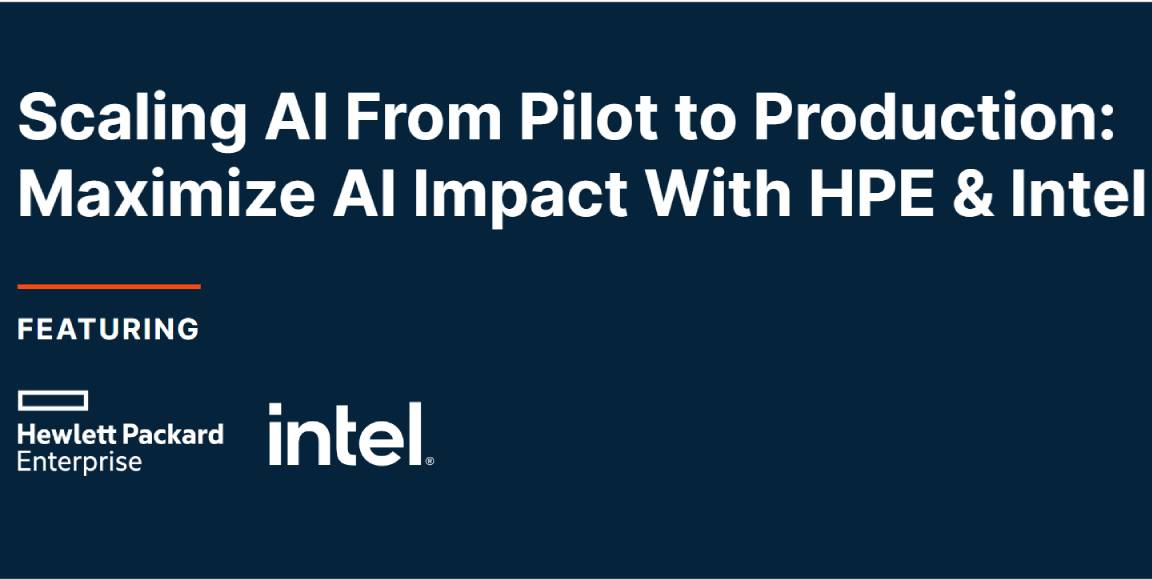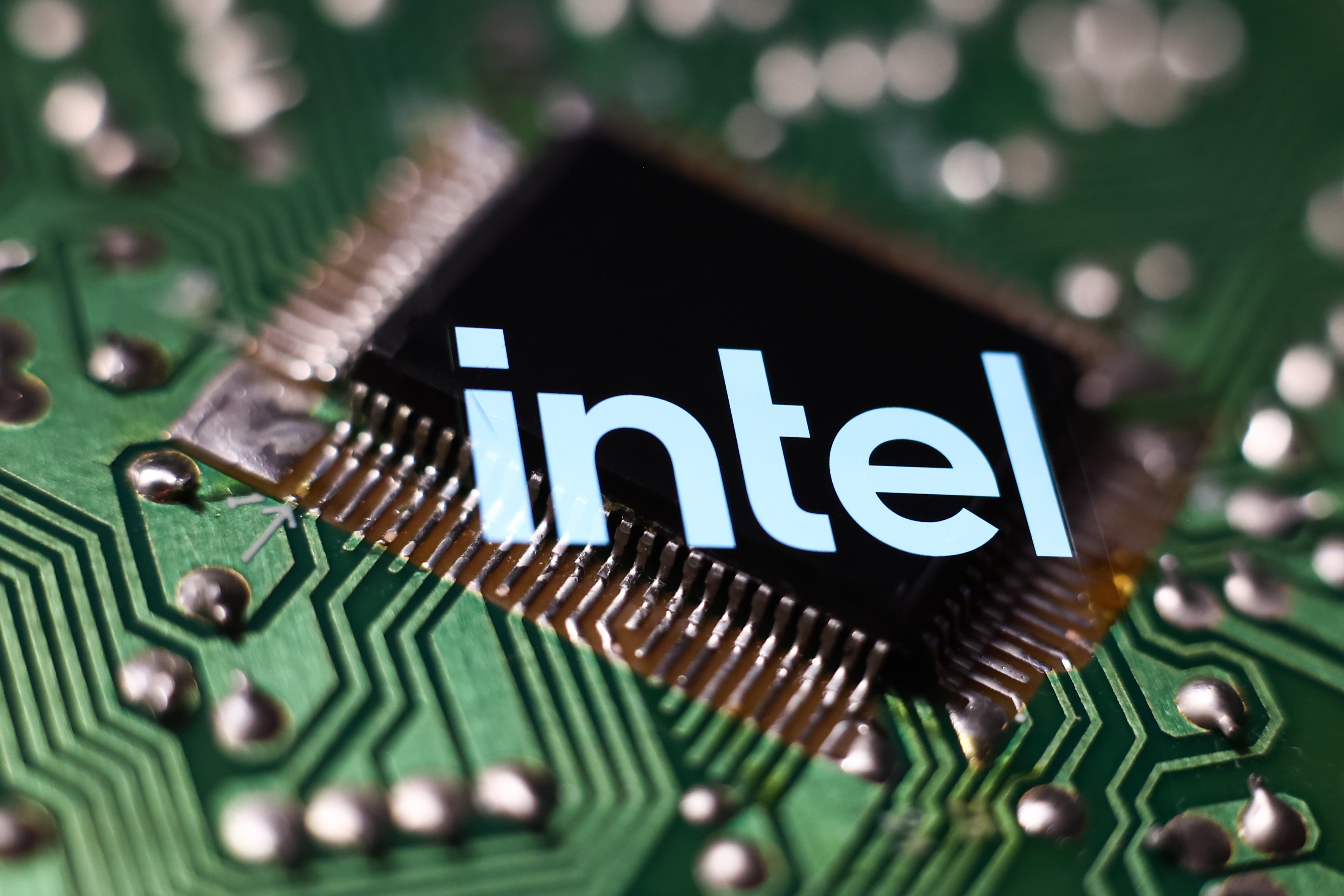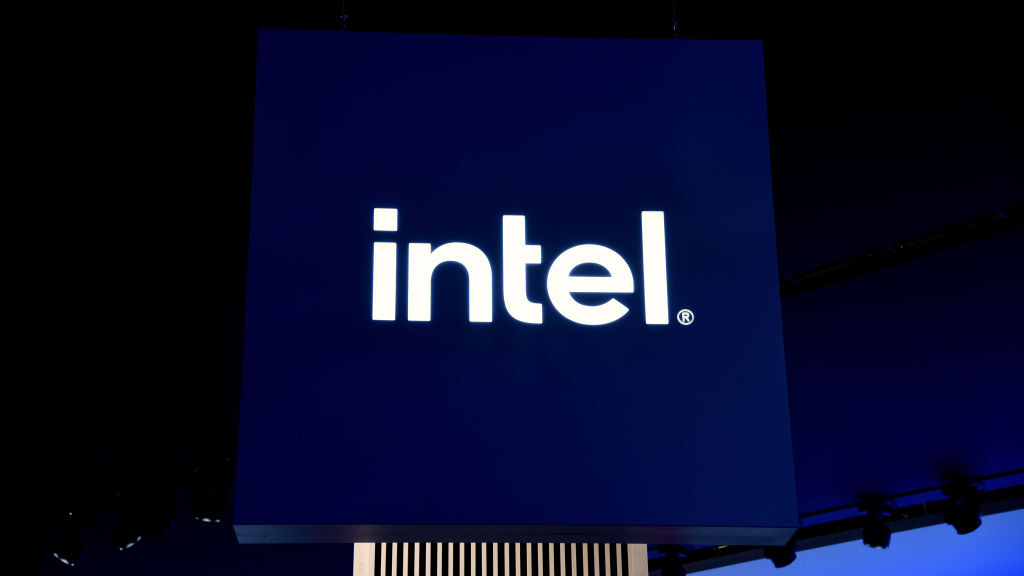IDF 2008: BP deploys mobile internet devices
BP takes to the stage at IDF to detail how mobile internet devices are adding bottom-line value.


BP has teamed up with Intel and Panasonic to equip its field workers with mobile internet devices (MIDs) that will boost their productivity and help streamline processes.
The oil giant's chief technology office director of applications Curt Smith took to the stage during Anand Chandrasekher's mobility keynote at the Intel Developer Forum(IDF) in San Francisco to detail how the company is embracing the fruits of the chip maker's efforts in this area.
"Our group is charged with bringing a number of digital technologies that BP can [take advantage of] to make a significant impact on the business' bottom line. How do we get power computing to the people working in the field who are actually making the money? People in the office have everything they need but getting this to the field is hard," Smith said.
"They have to have a screen they can see, a keyboard, a network, [rugged enough] so you can drop it, be able to work on it with big, heavy gloves and also enough battery life to last a shift, which is at least eight hours. Panasonic and Intel have worked together to bring this to us. We're [currently at the stage of] taking this to the field to see what applications work and the response [so far] has been absolutely tremendous."
During his keynote Chandrasekher talked about how MIDs will take three distinct forms: productivity devices, consumer devices and communication devices. Panasonic and BP's role was to showcase the potential of using ultra mobile, connected devices to boost productivity in areas where reaction speed equates to money.
BP says that it's been quite overwhelmed by how many possibilities there are in terms of where MIDs can benefit its work, but that it has identified a couple of priorities thus far. One such example is the large factory in Louisiana holding offshore parts for the Gulf of Mexico. If one of the wells in this area goes down, it can costs hundreds of thousands of dollars an hour in lost revenue, Smith stressed.
The yard where the parts are stored is vast and trying to walk around the eight acre area and they go back inside the office to enter data was laborious and time intensive. Using MIDs, workers can use the 3G network to enter data as they go, saving time, money and, no doubt, worker leg ache.
Get the ITPro daily newsletter
Sign up today and you will receive a free copy of our Future Focus 2025 report - the leading guidance on AI, cybersecurity and other IT challenges as per 700+ senior executives
BP is also contemplating the use of MIDs in its lubes packaging plant where the ability to enter data in real time from the production sidelines would be hugely advantageous, according to Smith.
When asked if there was anything final he wanted to add, Smith was not ashamed to gush about how much he thinks this technology will transform his business. "Thanks very much for your help," he told Intel. "We think this is going to be a big help to BP."
Maggie has been a journalist since 1999, starting her career as an editorial assistant on then-weekly magazine Computing, before working her way up to senior reporter level. In 2006, just weeks before ITPro was launched, Maggie joined Dennis Publishing as a reporter. Having worked her way up to editor of ITPro, she was appointed group editor of CloudPro and ITPro in April 2012. She became the editorial director and took responsibility for ChannelPro, in 2016.
Her areas of particular interest, aside from cloud, include management and C-level issues, the business value of technology, green and environmental issues and careers to name but a few.
-
 Asus ZenScreen Fold OLED MQ17QH review
Asus ZenScreen Fold OLED MQ17QH reviewReviews A stunning foldable 17.3in OLED display – but it's too expensive to be anything more than a thrilling tech demo
By Sasha Muller
-
 How the UK MoJ achieved secure networks for prisons and offices with Palo Alto Networks
How the UK MoJ achieved secure networks for prisons and offices with Palo Alto NetworksCase study Adopting zero trust is a necessity when your own users are trying to launch cyber attacks
By Rory Bathgate
-
 Gaining timely insights with AI inferencing at the edge
Gaining timely insights with AI inferencing at the edgeWhitepaper Business differentiation in an AI-everywhere era
By ITPro
-
 Scaling AI from pilot to production: Maximize AI impact with HPE & Intel
Scaling AI from pilot to production: Maximize AI impact with HPE & IntelWhitepaper Transform AI proof-of-concepts into full-scale implementations
By ITPro
-
 UK supercomputer boom as HPE and Dell receive funding for new AI cluster
UK supercomputer boom as HPE and Dell receive funding for new AI clusterNews The UK’s AI computing capabilities will increase by an order of magnitude in 2024
By Rory Bathgate
-
 AI gold rush continues as Hugging Face snags $235 million from IBM
AI gold rush continues as Hugging Face snags $235 million from IBMNews The investment round, which brings the company's valuation to $4.5 billion, also includes Amazon, Google, Intel, and Salesforce
By Richard Speed
-
 Why is ASUS reviving Intel’s NUC mini-PC line?
Why is ASUS reviving Intel’s NUC mini-PC line?News The diminutive PC is to rise again while analysts look for the business case
By Richard Speed
-
 Intel targets AI hardware dominance by 2025
Intel targets AI hardware dominance by 2025News The chip giant's diverse range of CPUs, GPUs, and AI accelerators complement its commitment to an open AI ecosystem
By Rory Bathgate
-
 Why aren’t factories as smart as they could be?
Why aren’t factories as smart as they could be?Whitepaper How edge computing accelerates the journey to a remarkable factory
By ITPro
-
 Who needs Intel vPro®, An Intel® Evo™ Design, anyway?
Who needs Intel vPro®, An Intel® Evo™ Design, anyway?Sponsored With flexible work on the up, the demand for high performance on-the-go business laptops has never been greater
By ITPro